what branch checks to make sure laws are constitutional
Understanding how the United States government works is disquisitional to succeeding on the AP Usa Government and Politics exam. That includes having a solid understanding about how each piece of the federal government works together. One of the key components of this is the checks and balances system, which is where each co-operative of government checks--or limits--the ability of the others. And unfortunately, agreement how those checks work can be a little disruptive. That's where this article comes in. Today, nosotros're going to investigate how the executive branch of the U.Due south. government checks the judicial branch. To do this, we'll: So let'south become started! When the United states was founded in 1776, the federal regime--or the government that governs all the states collectively--was split into 3 branches with equal power: the executive branch, the judicial co-operative, and the legislative branch. The thought backside splitting the government into three split up pieces was to make certain no 1 surface area of government held too much power. Think: the Us broke away from England for many complex reasons, but a major factor was how much power the English language government had over the original xiii colonies. It'southward no surprise, then, that the founding fathers were concerned about making certain that the federal government of the United States didn't become as large and powerful as the English language monarchy. Their solution was to create a 3-part governing system where each co-operative could limit the power of the others. This is called a checks and balances system, which you can learn more about in our complete guide. For this article, though, permit'due south take a closer look at two of the three branches of U.S. government and run across how the executive co-operative tin check the judicial branch. The judicial branch of the federal government is tasked with interpreting the laws, including Constitutional laws, which are created by the legislative co-operative. This happens through the court organization, where attorneys bring cases before a judge (and sometimes jury). When a estimate makes a ruling on a case, they are actually interpreting the law. That ways they're reading the laws and determining whether a accused has actually broken them or not. In some federal cases, judges are actually evaluating the laws themselves to determine if they're in violation of the constitution! For instance, in the famous case of Dark-brown five. the Board of Instruction, the U.Southward. Supreme Court ruled that laws requiring the racial segregation of schools were unconstitutional. While the U.S. judicial system is vast--there are both state and federal courts, each with different organizational hierarchies--they both operate under the Supreme Court of the United States (or SCOTUS). Understanding what the Supreme Court is and how information technology operates is fundamental to understanding how the executive branch can check the power of the judicial branch. You may have heard of the Supreme Courtroom referred to as "the highest courtroom in the land." That'south because information technology's the only part of the judicial branch that'south specifically required past the Constitution, though Congress determines the number of justices that serve as part of the Supreme Court. Currently, the court has nine justices, including one Chief Justice. The Supreme Court serves as the final say on all laws in the The states, and information technology also rules on Constitutional issues, too. The rulings of the Supreme Court directly affect how laws are interpreted, enacted, and upheld across the United States. Some of the almost famous court rulings have washed things like guarantee defendants the correct to an attorney, legalized same-sex marriage, and invalidated laws preventing interracial marriages. And then how does someone become a Supreme Court justice? (This is actually pretty of import to understanding the executive-judicial checks and balances organisation.) Kickoff, they accept to exist nominated by the President, or the executive branch of authorities. The nominee then has to exist approved by the majority vote of the Senate, which is a part of the legislative branch of regime. One time appointed, justices serve on the court for the residual of their lives or until they voluntarily retire. But the Supreme Court isn't the only federal courtroom in the U.s.a.. Since the Supreme Courtroom only hears 100 to 150 cases a twelvemonth, most federal cases are heard and adjudicated--or decided--by the federal appellate courts . When a federal case goes to trial, it is heard in a U.S. Commune Court. That's where prosecutors and defendants telephone call witnesses to the stand, provide prove, and attempt to testify their cases. Afterwards both sides present their cases, a approximate or a jury decides whether the defendant is guilty or not guilty. The defendant, withal, has the right to appeal the U.Southward. District Court's conclusion. When a case is appealed, it's heard in appellate courtroom. In that location are thirteen appellate courts in the United States . Each of the 12 regional circuits of the federal court arrangement has their own appellate courtroom. The 13th court is known as the U.s. Court of Appeals for the Federal Circuit. Unlike the other appellate courts--which only adjudicate cases from their regional circuits--the United states of america Courtroom of Appeals for the Federal Circuit has nationwide jurisdiction. Its chore is to hear appeals on topics like patent law, veterans affairs, and international trade. So what practise the appellate courts do? Well, information technology's the chore of the appellate courtroom is to determine the consequence of an appeal (just as their name implies). Different the original trial, which involves hearing testimony and examining testify, the appellate courts don't retry cases or hear new bear witness. Instead, the case is reviewed by a panel of iii judges in society to make up one's mind a) whether the defendant received a off-white trial and/or b) whether the right constabulary was applied appropriately. If a accused wins their appeal--meaning, if the appellate courtroom rules in the defendant's favor--the case goes back to trial courtroom to exist heard again. If the appellate courtroom affirms, or upholds, the trial courtroom's decision, withal, the original verdict stands. The appellate court is an important part of the federal courtroom system, and it helps ensure that people receive fair trials. And but like Supreme Court justices, federal judges--including the appellate court judges--are appointed past the President of the United States. The executive co-operative of the The states government is the branch that makes certain the laws of the United States are obeyed. The executive branch is split into iii major groups. The starting time is the presidency, which nosotros'll talk almost in more depth in just a second. The 2d group is the U.Southward. Cabinet, which is a set up of advisors appointed by the President to help guide him on problems facing different sectors of the Us. The cabinet is comprised of the Vice President and the heads of the 15 major federal agencies. The 3rd grouping of the executive branch are the federal agencies themselves, which help enforce laws in different legal and economic areas of the U.s.. For example, the Department of Labor oversees the American workforce, which includes making sure work environments adhere to federal laws (OSHA) and administering federal disability programs for people who are injured and/or no longer able to work (OWCP). But because the President is the head of the executive branch, it gives them the about power to check the judicial co-operative. So allow'southward take a quick look at the powers of the U.s. presidency. The President of the Us has eight major roles within the government of the United States. They are: The part that matters most in terms of the executive branch checking the judicial branch is Chief Administrator because information technology gives them the power to appoint judges to long-serving positions in the justice system. After reading the sections in a higher place, you've probably realized that the executive branch and judicial branch overlap...which is how the branches check each other'south power. Don't worry, we're going to become to know how the executive co-operative checks the judicial branch. Only commencement, we need to take a short detour to explicate how the judicial co-operative checks the executive branch. This will aid things brand more than sense after. Since the judicial branch's job is to translate laws, they are constantly weighing in on laws signed into consequence past the President (through their executive powers). Additionally, the judicial branch makes sure that the U.S. Constitution isn't beingness violated. That means that members and departments of the executive co-operative--including the President--tin be sued for violating their constitutional authority. For example, when President Trump declared a land of national emergency to try and fund the building of a edge wall, a watchdog group named Public Denizen filed a lawsuit against him. Their suit alleges that President Trump's actions are unconstitutional, and at present it's the judicial system's job to determine whether that'southward truthful or not. If they dominion against President Trump, it will serve as a check on his executive powers. Nick Youngson/The Blueish Diamond Gallery Information technology might seem every bit if the judicial branch has all the power over the executive co-operative. Only that isn't the case! One fashion the President checks judicial power is through his ability to appoint federal judges. Since the President is the Chief Ambassador, it's his job to appoint court of appeals judges, district courtroom judges, and Supreme Court justices. In that location are more than than 870 federal judgeships today, which means the President has their work cutting out for them! It also gives the President quite a fleck of power over how the justice system works. That's considering all federal judgeships are life terms, which means that in one case a guess is appointed, they serve in their position until a) they retire or b) they are impeached and removed from part due to misconduct. One time a judge leaves office, information technology's the President's task to appoint their replacement. That tin actually add up--for case, over the course of his presidency, former President Barack Obama appointed 334 judges, including 2 Supreme Court justices. Federal judges are an important part of the judicial process because they have the ability of judicial review , which is the authority to interpret the Constitution. When a guess rules on a constitutional upshot, their conclusion becomes legal precedent. Their ruling will now serve every bit the standard by which similar cases are judged. In fact, once a precedent is set, it's uncommon for a court to rule confronting it. When Presidents appoint federal judges, they often consider both a judge's pedigree--or their qualifications--along with their position on central political issues. Oft, Presidents appoint judges that share their ideas about how laws should work. This helps go along the judiciary in check, especially given that no party has always held presidential power in the Us for more than 28 years (the Democratic-Republican Party held the presidency from 1801 to 1829). And then how does this cheque judicial power? Information technology means that Presidents tin influence the political leanings of the federal court, and since judges serve a lifetime engagement, they tin can go along to impact the judiciary process long later on a President steps down. For example, Approximate George C. Young was appointed as a federal trial judge by President John F. Kennedy in 1961...and he served in office until 2015! The President nominates Supreme Court Justices. Justice Sonia Sotomayor was nominated past President Barack Obama. The President's ability to appoint federal judges is peculiarly disquisitional when it comes to the Supreme Courtroom. The Supreme Court simply hears around 100 to 150 cases a year, but those cases change the ways laws are implemented across the country. For case, the Supreme Courtroom'southward ruling on Roe v. Wade in 1973 which fabricated outset- and second-trimester abortions legal in all 50 states. That ruling even so stands and dictates law today, despite abortion being a hot-button political consequence. Similar we mentioned earlier, it's the President's job to nominate justices to the Supreme Court. The President often nominates judges who align with their political stances on critical issues. Because the Supreme Court is and so powerful, the President'southward nominations tin have lasting impacts on the long-term political leanings of the Court. When the Supreme Court leans more liberal (or more conservative), it can impact how the Court rules on cases. For instance, with the appointment of Justice Brett Kavanaugh in 2019, the Supreme Court at present leans more than bourgeois. The President'southward power This effectively checks the judicial system by ensuring that the makeup of the Supreme Courtroom--and its credo--shifts from time. Every Thanksgiving, the President pardons a turkey. The President besides has the power to pardon people, besides. The final manner that the executive branch checks the judicial co-operative is through the power of the pardon. Executive branch officials like state governors and the The states President tin can overturn convictions by the court. This just counts in cases where the criminal committed a crime against the land (in the case of a Governor'southward pardon) or against the United States (in the case of a Presidential pardon). When a criminal is pardoned, their conviction is completely overturned and their record is expunged. That ways it's every bit if the criminal offence was never committed in the first place! This allows the executive branch to cheque the judicial branch by ensuring that the judicial branch isn't using its ability unfairly. A good example of how the pardon power checks the judicial branch is the case of Patty Hearst. Patty Hearst was convicted and sentenced to two years in prison for robbing a bank in 1974. Simply Hearst was also suffering from Stockholm Syndrome. She had been kidnapped and brainwashed by a militant organization months earlier the bank robbery. In 2001, President Bill Clinton granted her a full pardon, which absolved Hearst from any legal wrongdoing. Now that you know more about the executive branch, the judicial branch, and the checks and balances system, it'south time to go to know the AP U.S. Government exam. Here's our introductory guide to the AP U.Southward. Government exam that will aid get your test prep off on the right foot. Not sure what to written report? No problem. Hither's a compilation of the best AP U.S. Government notes to get you started. The AP U.S. Government exam has a section called the free response questions, or FRQs. They're essentially brusk essay responses to prompts, and for many students, they're i of the trickiest parts of the test. That's why we've broken down how to answer them and earn pinnacle marks in our FRQ guide!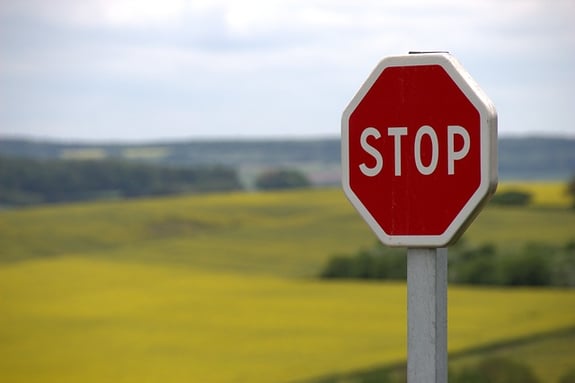
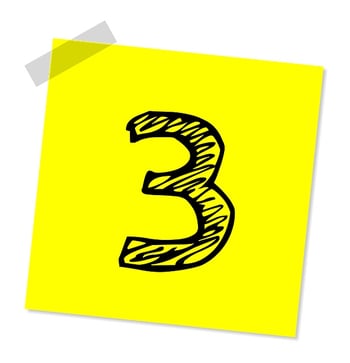
The Three Branches of the United States Government
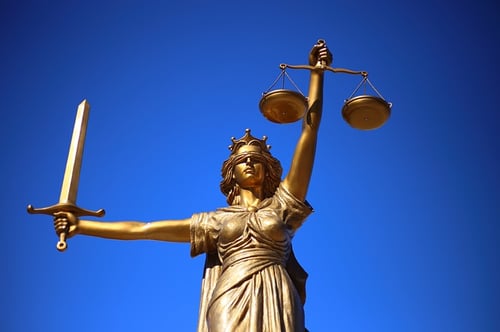
The Judicial Branch: Definition and Explanation
The U.S. Supreme Court
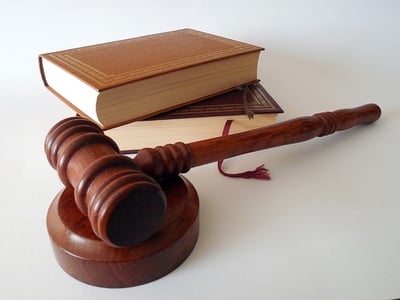
Federal Appellate Courts

The Executive Branch: Definition and Explanation
The Presidency
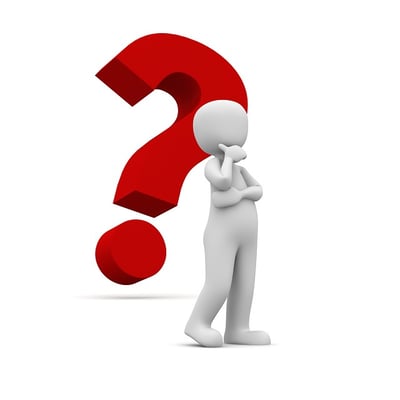
How Does the Executive Branch Check the Judicial Co-operative?
Judicial-Executive Checks on Ability
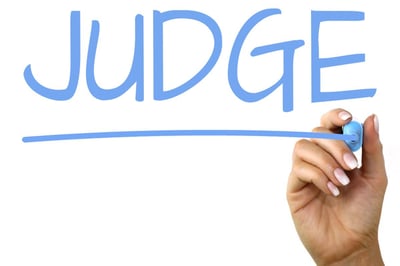
Appointing Federal Judges
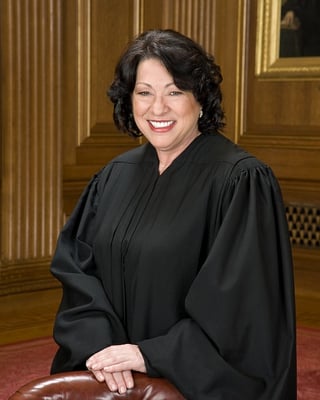
Nominating Supreme Court Justices

Pardon Power
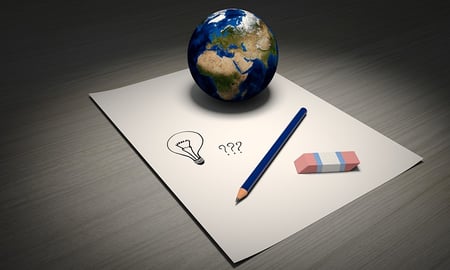
What's Next?

Most the Writer
Ashley Sufflé Robinson has a Ph.D. in 19th Century English Literature. As a content writer for PrepScholar, Ashley is passionate about giving college-bound students the in-depth information they demand to get into the school of their dreams.
hortonevernshould1965.blogspot.com
Source: https://blog.prepscholar.com/how-does-the-executive-branch-check-the-judicial-branch
0 Response to "what branch checks to make sure laws are constitutional"
Post a Comment